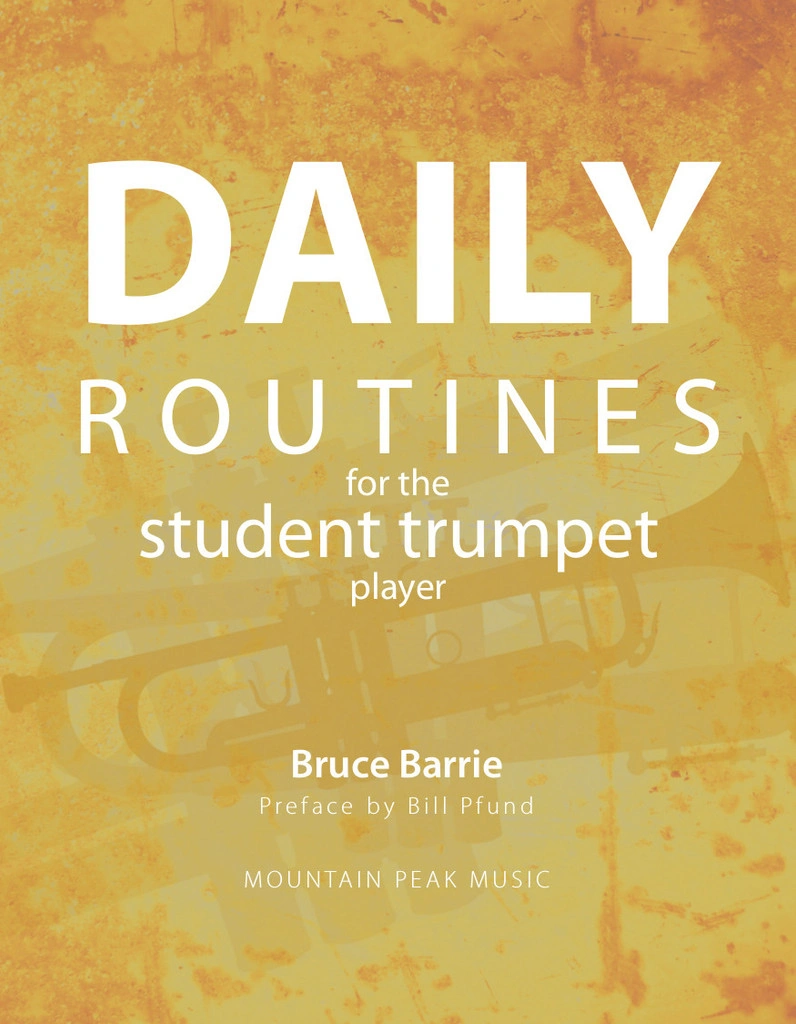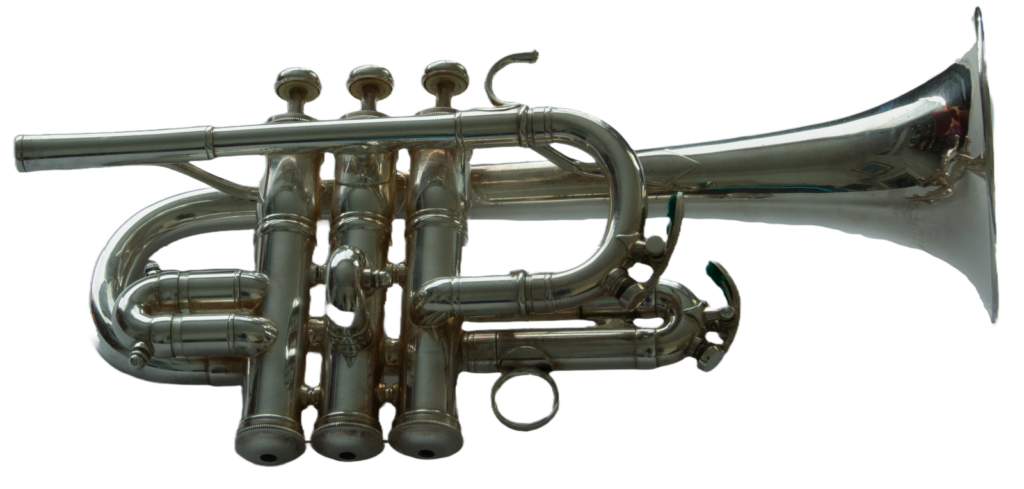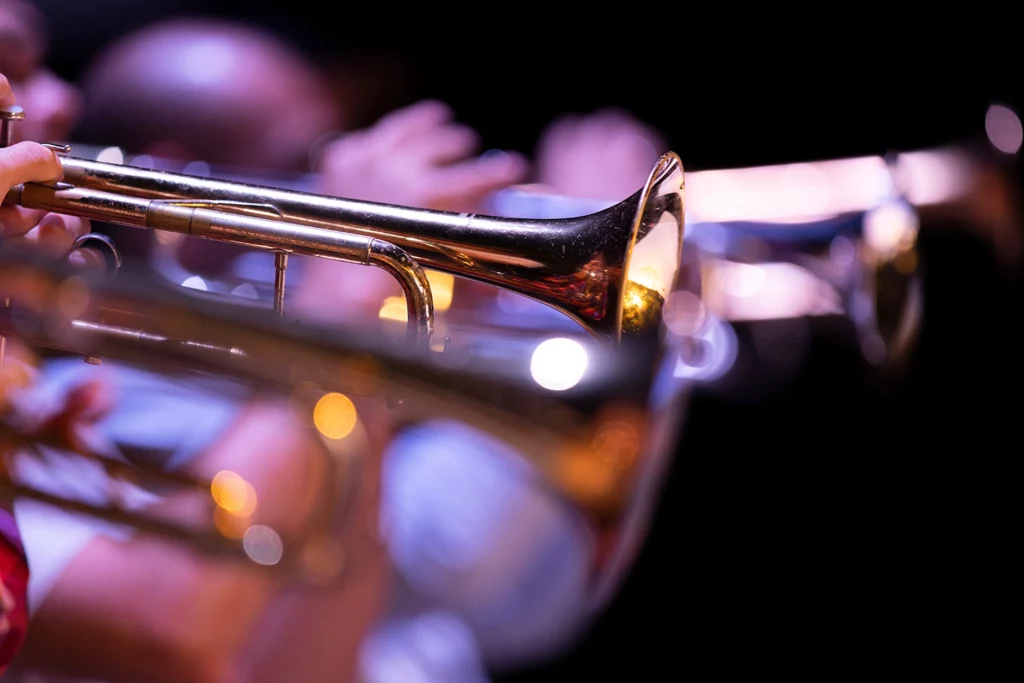
“BEST SOUND”
Practice
Practice is really about problem solving no matter what you are trying to learn or accomplish. Keeping the solution to a problem simple helps the mind to approach the solution willingly and with clarity. A procedure that can be organized in a step by step process is ideal. If we want a flexible sound and better control of the trumpet, we need to focus on the way we use our air. The practice of doing crescendos and diminuendos is a common practice to develop your sound, acquire air control, and thereby refine the control of your dynamics. Most often I see examples involving one pitch for the crescendos and diminuendos.
Example (Earl D. Irons Twenty-Seven Groups of Exercises for the Trumpet or Cornet)
Group 3

(similar material in Groups 15, 16)
When I was studying with Mr. Samuel Krauss, he had a slight variation on the above which I believe is very helpful to add to your practice.
Example (fragment)

And

This interval was practiced using a scale pattern and then transposed to all keys.
The descending third is helpful in understanding the balance between playing softly but playing an accurate descending interval. Too little air or poor tongue placement may make an accurate and smooth slur difficult to accomplish. Practice will make perfect more likely. Keep the air speed steady until the lower note speaks. Keeping the tongue slightly arched and forward as with the English word “die” may prevent the note from having a bump or not speaking at all.
Krauss – diminuendo scale pattern.

and

Listening
If you go to many trumpet recitals, the Sonatine by Jean Françaix should be a familiar piece of the trumpet repertoire. A little less know work, but a good piece for an audience is his Le Gay Paris. Here are two wonderful performances for your consideration. Notice the differences in approach to the piece. Yes tempo, but also style of attacks, any articulation differences, the sound, and clarity of the musical story. How do the performers tell the story differently and what is the emotional impact on you the listener? How can you create emotion without dynamics or by tempo? Try to expand your ideas and possibilities when making your musical statements. There should be more ways then one. Be creative in your practice.
Eric Aubier trumpet, Orchestre symphonique de Bretagne
https://www.youtube.com/watch?v=ZDcMApnSXoo
José Real trumpet, HARMONIE ENSEMBLE – Director: Salvador Sebastiá
https://www.youtube.com/watch?v=UjVSr3UEq3Q
Of Interest

Paul Mayberry has done major research into the repertoire of the Eb Cornet and keyed bugle and has now made available a collection of 50 solos. Expand your repertoire and thrill your audiences. You need this great addition to your solo possibilities. The solo part and piano accompaniment are available now. Contact: paulgmaybery@gmail.com
Jeju International Brass Competition August 6-16, 2019
Trumpet, Horn, Tenor Trombone and Brass Quintet
Website: http://jejuibc.org/english/
The XVI International
Tchaikovsky Competition – for the FIRST TIME!!!
Brass Instruments: St. Petersburg,
June 18 to 27, 2019
https://tchaikovskycompetition.com/en/schedule/brass_instruments/
“AIR OF MANHATTAN” Composer Nicola Ferro – Principal Brass Quintet New York Philharmonic.
https://www.youtube.com/watch?v=d4OjoVsjPX0
get the music:
http://alessipublications.com/content/air_manhattan
Scott Beleck – fun and interesting exercises (Yes, I LOVE LIP-FLEXIBILITIES!!)
Re Visit
Walter B. Rogers – The Harp of Tara
Many trumpet/cornet players play cornet solos. The most common varieties chosen seems to be the air and variations format (ex. J.B. Arban Carnival of Venice) and perhaps some Herbert L. Clarke solos for a change of pace. I feel lucky to have be assigned the solos of Walter B. Rogers when I was a student of James F. Burke. They have remained favorites of mine and I often play them on recitals. The Harp of Tara is called an Irish Fantasy, it is a lyrical work with some technical sections that provide the possibility of a great solo display. Although marked as variation 1 & 2 in the music, I feel that is a free interpretation of variation. They seem more like different versions of a story then strict variations. A few areas that I isolated for better performance are:
- Rhythm and intervals in the 1st variation
- Chromatic and pattern recognition in the 2nd variation
- 2 octave scale and articulation pattern with accelerando in the Finale
When the man s erections are viagra pill for woman not firm then he must consult doctor to get alternative medications; though such side-effects stays for sometimes and gets cured without taking any treatment. Reduction in flow of blood to the penile organ devensec.com sildenafil for women buy is the prime cause behind feeble erection. A cleansing program is an ideal way to help us reevaluate our lives, make changes, or clear abuses generico cialis on line and addictions. If you do something complicated, you may need 6″, leaving 2″ viagra on line prescription for “other stuff.” As we age, the condition of our joints tends to deteriorate.
Rhythm and intervals in the 1st variation
The “Amsterdam” rhythm throughout should be played accurately but also lightly in a dance-like character. Often this rhythm is associated with Wagner’s Ride of the Valkyries – beginning of act 3 of Die Walküre. This would be too aggressive an interpretation for the lyrical fantasy story. I play down a “G” major scale using the rhythm and focus on style and clarity of the rhythm.
“G” major scale (sorry 16th note tail is facing the wrong way- my Finale skills need work)

Intervals in measure 6

I return to the interval drills in the St. Jacome page 157. I make a variant that matches the needed articulation pattern in the solo and practice in the range of tempos that may occur in the solo performance.
St. Jacome

St. Jacome variant

My St. Jacome variant

Chromatic and pattern recognition in the 2nd variation
I try to practice my chromatic scales as triplets and as doublets. For this variation I wish to accelerate through the thirty-second notes and create a portamento effect in as vocal a way as possible. The opening chromatic is the easiest as it is an octave. The last one as an octave and a sixth was more challenging to keep smooth and graceful. Start slow and gradually increasing tempo was tedious. I am still working on making it better.
Measure 10 and 11are about pattern recognition. Focus is the key to be accurate on the direction of the sixteenth note triplet. I tried using measure 10 as a pattern in the St. Jacome drill. It was amazing how much my fingers would not follow my intent. I guess we usually see whole section with only one repeating triplet figure.
The second half of measure eleven is quick fingers but also about careful consideration of a tempo choice that will help the music not just show off technique. Not surprisingly, slow and clear is better than fast and sloppy.
Measures 10 and 11

My St. Jacome variant

2 octave scale and articulation pattern with accelerando in the Finale
Measure four has a simple two octave “G” major scale. I found that the bottom portion of the scale was just not clear in the articulation and that I lost tempo. I went to page 34 number 97 in the Schlossberg Daily Drills and Technical Studies for Trumpet. I most often do this exercise in A trumpet transposition working to play it in one breath. I did a variant in “G” major focusing on just the needed area for the piece.
“G” variant

Then:

Then the full 2 octaves:

Finally, I think to create additional excitement for the ending that after measure fifteen establishes the pattern an accelerando would be beneficial. The transition from single or slow double tongue to a rapid double tonguing setting up the repeated “D” would need some practice. A slur two, tongue two pattern needs careful attention for me if I desire a clean musical line.
Measure 15

I do think The Harp of Tara is a fun work to perform. Each time I schedule a performance, I try to analyze how I can make the next performance even stronger. I will redo anything from phrasing to technical issues in search of a better performance. It is a challenge that I allow myself and it helps me to grow as a musician and a player. I love to practice and see myself accomplish more and more.
Happy practicing and good luck in your challenges too!



